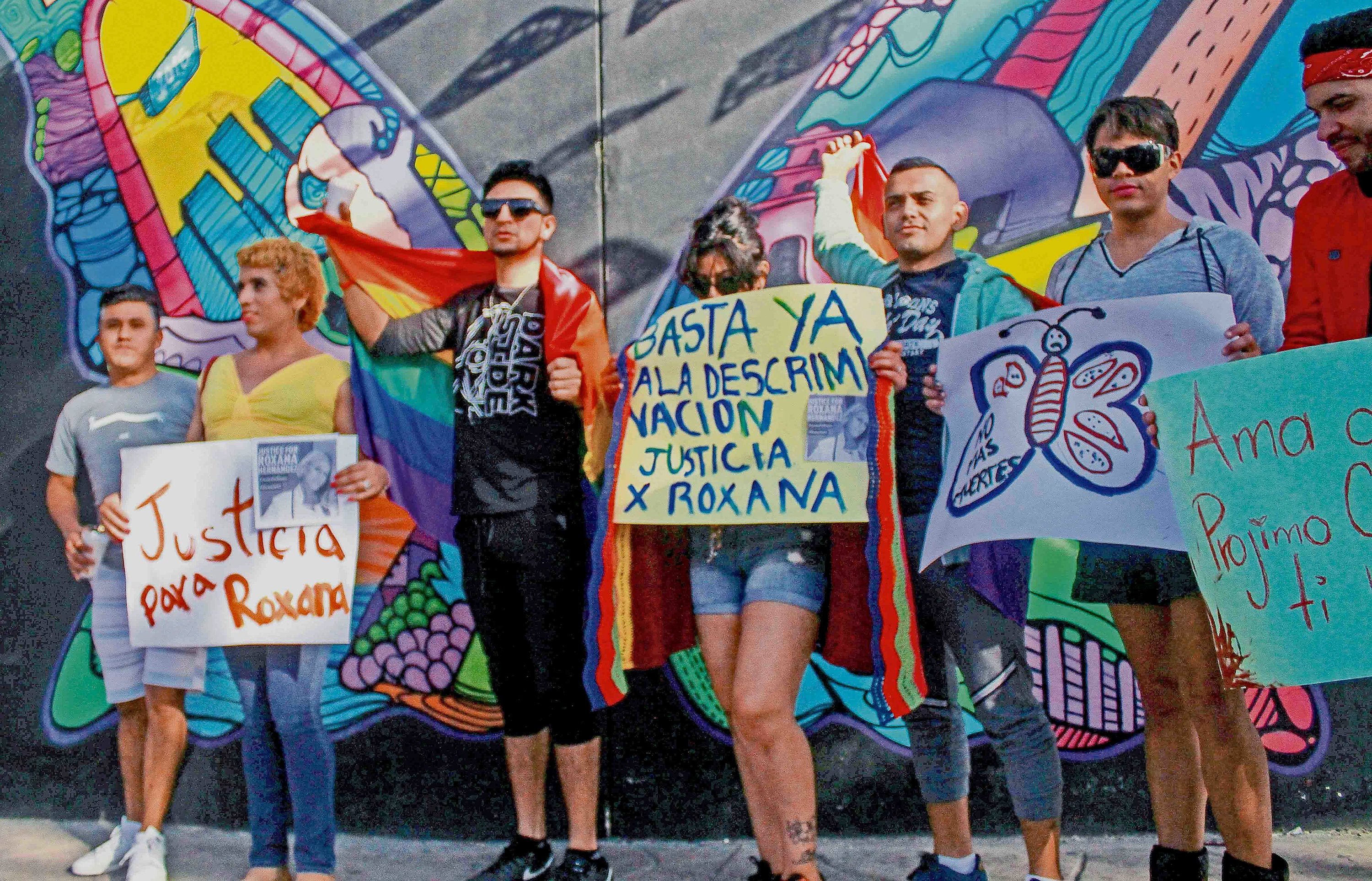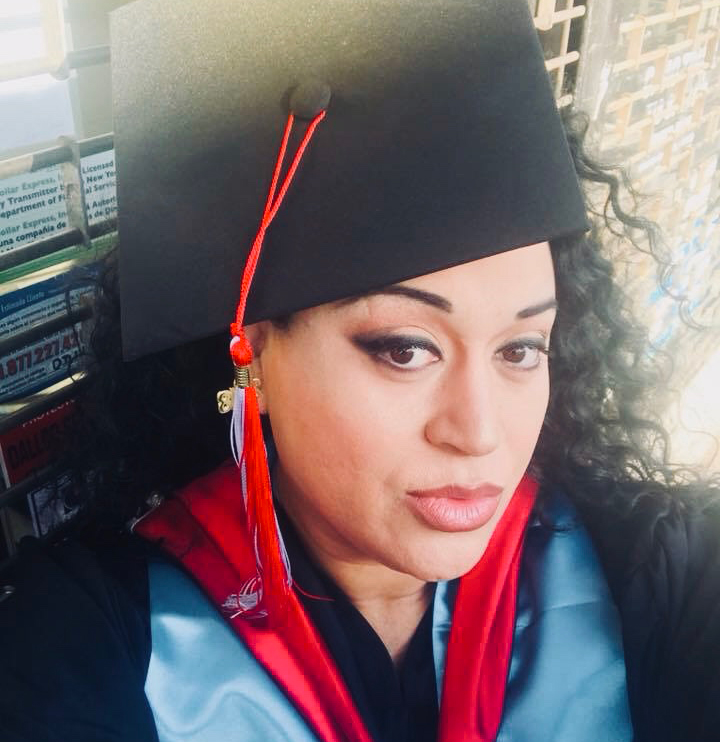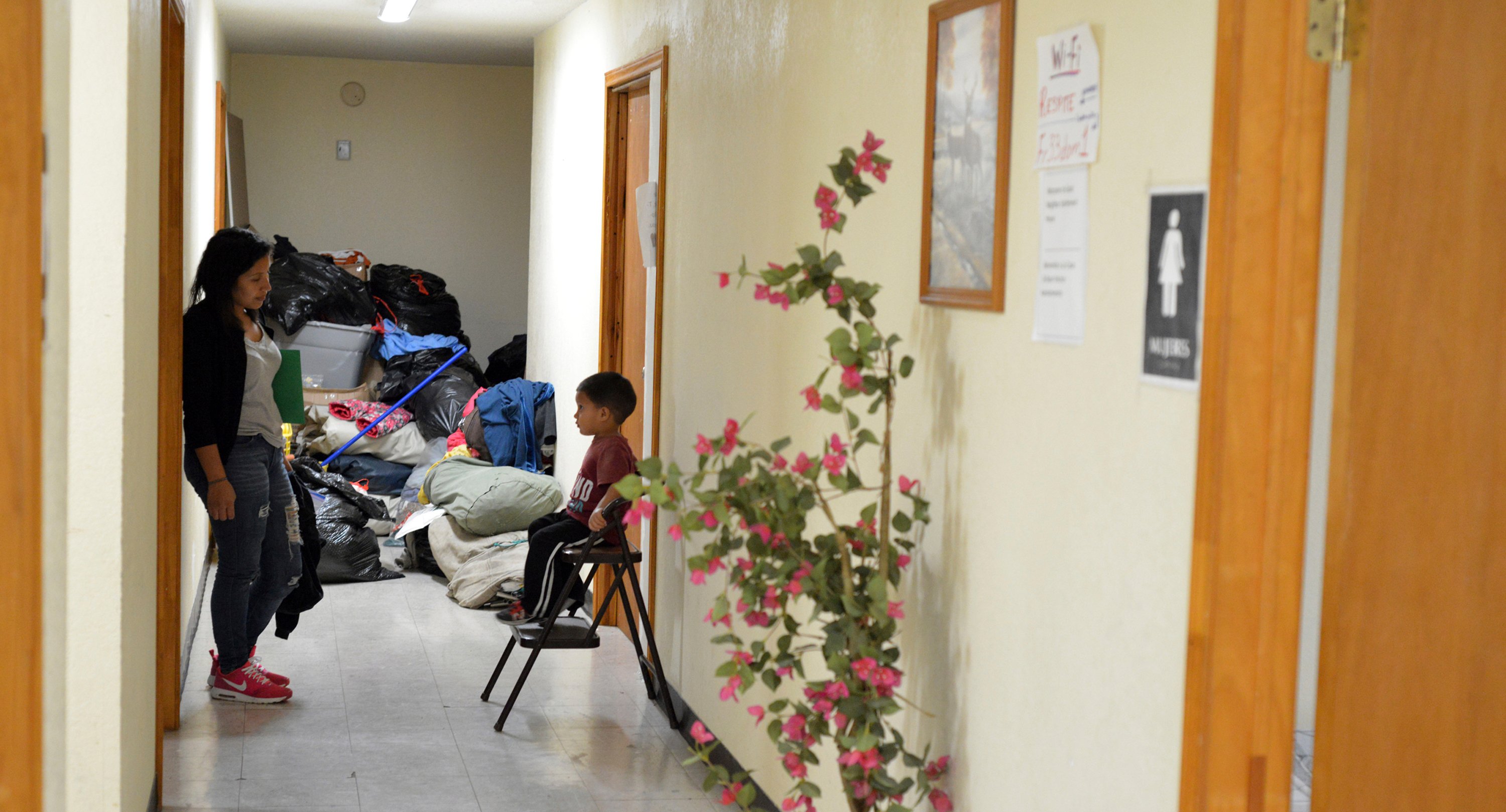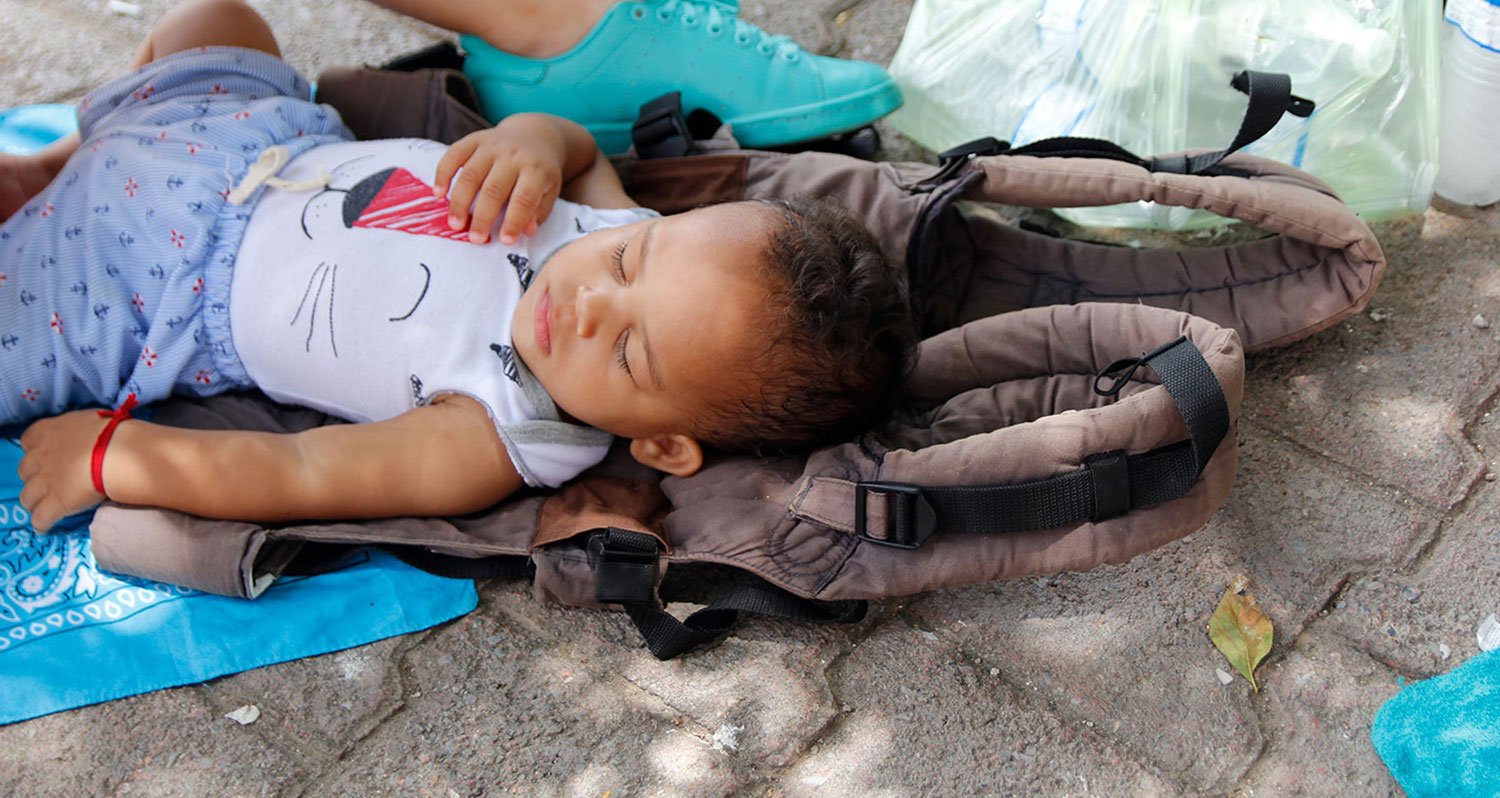
‘Even the Police Officers Were Laughing at Me’: Transgender Immigrants Share Their Experiences of Abuse and Neglect in Detention
Transgender migrants endure violence and abuse in their home countries. For some, life in detention is even tougher.
In her country of El Salvador, where she worked as a health promoter, Victoria Castro faced regular harassment, verbal abuse, and threats of rape and murder. “It was because of the violence that I suffered in El Salvador and the constant threat of death, including being raped and almost murdered for being a trans woman, that I decided to leave,” said Castro, who spoke with the Observer through an interpreter. “I was beaten up all over my body, I had bruises, and was even shot in the shoulder.” After an especially violent attack left her in the hospital, Castro decided to seek asylum in the United States. But things would get worse before they’d get better.
After making the harrowing 2,100-mile journey to the U.S.-Mexico border, Castro was detained at the El Paso Processing Center in January 2017. She said that officials had her sign an agreement stating that she’d eventually be transferred to a facility in Santa Ana, California, where there were allegedly staff members trained to work with transgender detainees. She spent the next three months locked up in three different facilities.
In El Paso, Castro was placed in solitary confinement to protect her from other inmates. According to the National Center for Transgender Equality, 23 percent of trans inmates are physically assaulted in jail or prison. Trans people also face nine times the risk of sexual assault by fellow inmates.
“It came to the point where I couldn’t recognize if it was day or night.”
For Castro, life in solitary meant trading one kind of suffering for another. Her only human contact came when a guard would push a meal tray through a small window, and her mental health deteriorated quickly. As many as one-third of people in solitary develop acute psychosis and hallucinations. “It came to the point where I couldn’t recognize if it was day or night,” Castro said. After 15 days, she was transferred to Florence Correctional Center, a privately run men’s prison in Phoenix, Arizona.
“We all know that [solitary confinement] is a way of torturing people,” said Ishalaa Ortega, a transgender woman from Tijuana, Mexico. Ortega was detained in 2013 for two months at San Diego’s Otay Mesa Detention Center after seeking asylum at the border. When asked if she was afraid of being placed with the general population, Ortega said she’d rather fight someone trying to take advantage of her than be locked in a room without any human contact.
Transgender women in Latin America face sky-high rates of violence, sexual abuse, and homicide. An Amnesty International survey found that 88 percent of LGBTQ asylum-seekers from the Northern Triangle suffered sexual and gender-based violence in their countries of origin. From 2006 to 2016, 1,654 trans and gender-diverse people were murdered in Central and South America.
Ortega said she was targeted with death threats because of her gender identity as well as her outspoken political opinions. When she went to the port of entry, prepared with all the necessary documentation, she did not expect to be held for three days, during which time she was repeatedly interrogated and unable to sleep or shower.

“I was placed where everyone can see me,” Ortega said. “My makeup was destroyed, facial hair was growing, and they could laugh at me. Even the police officers were laughing at me.”
According to Ortega, inmates were given only two meals per day—breakfast at 5:30 a.m. and dinner at 5 p.m. The unhealthy food and lack of activity led her to gain 40 pounds in two months, Ortega said. At one point, there was no electricity, leaving the inmates without running water or air conditioning and forced to smell their own waste.
On top of the inhumane conditions, Ortega said that she and fellow inmates were made to work for eight hours or more for $1 a day. (This work program, which is supposed to be voluntary, has prompted lawsuits in Washington, Colorado, and California.) “Why are they forcing me to work when the constitution says that slavery is not permitted?” said Ortega, who emphasized that she had not committed a crime by asking for asylum.
An ICE spokesperson did not respond to the Observer’s request for comment.
At least two transgender women have died in ICE custody: Johana Medina Leon, 25, died in El Paso in June, and Roxsana Hernandez Rodriguez, 33, died in New Mexico in 2018. Rodriguez was being held at the agency’s only unit for transgender detainees, 29 of whom sent a letter last month alleging poor conditions at the facility.
From 2006 to 2016, 1,654 trans and gender-diverse people were murdered in Central and South America.
For Castro, despite what she was initially told, things did not improve when she was finally transferred to Santa Ana City Jail. When she arrived at the jail, Castro said, she was forced to undress in front of male guards to be checked for weapons. She described the experience as “completely denigrating.”
Castro had no access to hormone therapy during the three months she spent locked up, and she was not provided medication despite experiencing a high fever for three weeks, she said. Castro and Ortega both described being referred to by their previous names, or deadnames, loud enough for the other inmates to hear.
Both women have been working toward aiding other LGBTQ people since they’ve been freed from the detention centers. Castro, who lives in San Francisco, has been working as a health policy consultant, while Ortega works with several trans organizations and campaigns.
“A lot of trans people have been in the same situation or worse,” said Ortega, who now lives in New York City. “The situation can break you. It depends on how strong and resourceful you are, internally … because, externally, there are bars in front of you.”
READ MORE:
-
From Crystal City to Carrizo Springs, When Will We Stop Locking Up Kids? Crystal City, Texas, was home to the nation’s largest detention camp during World War II. Now a camp for migrant teens has opened just a few miles away.
-
Shelter Director Ruben Garcia on How Struggling Nonprofits Carry the Load of the Migrant ‘Crisis’: The director of El Paso’s Annunciation House has brought compassion to the front lines of migration for four decades.
-
Nuevo Laredo Shelter Director Reportedly Kidnapped After Protecting Cuban Migrants: In the city where Trump is stranding hundreds of asylum seekers under the policies known as ‘Remain in Mexico’ and ‘metering,’ Aarón Méndez has disappeared.


